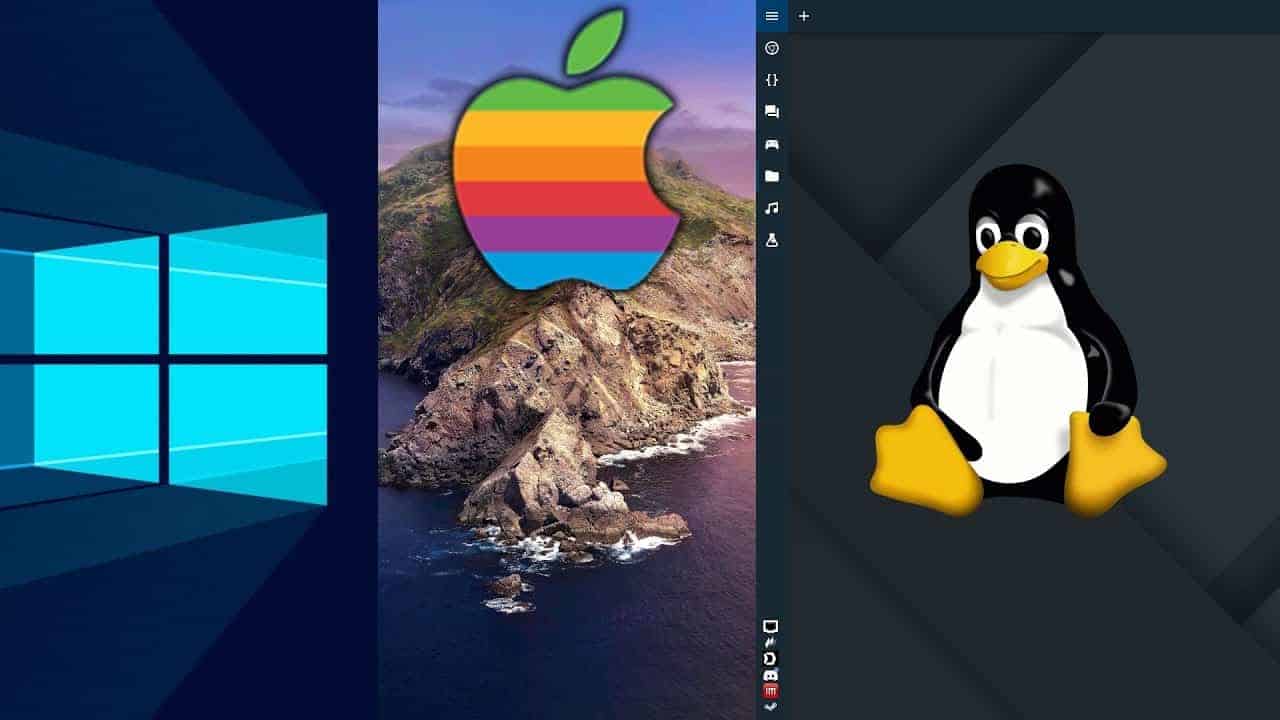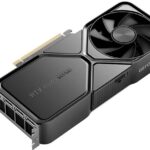The operating system is a vital software that manages a computer’s hardware and software resources. It acts as a mediator, facilitating communication between the computer’s hardware and the applications used by the operator. Good resource management is crucial to ensure that different programs and users on the computer system do not disrupt one another. The operating system is essential for the functioning of these electronic devices; without it, the hardware would be unusable. The design of an operating system is created to handle complex tasks such as memory management, task scheduling, and input/output processing. This allows a computer to run efficiently and carry out various tasks at the same time. For the average user, the operating system provides an interface, such as a graphical user interface (GUI), which offers an intuitive and visual way to interact with the computer.
What Is An Operating System In Simple Words?
An operating system is like the brain of your computer or smartphone. It’s the essential software that controls all the hardware and lets you interact with your device. It manages everything from running apps to connecting to the internet, making sure everything works together smoothly. Think of it as the conductor of an orchestra, making sure each instrument (or part of your device) plays its part at the right time.
Understanding Operating Systems: The Software Backbone of Your Computer
Imagine your computer as a fancy sports car. An operating system (OS) is like the driver of that car. It controls all the parts and makes sure everything runs smoothly so you can enjoy the ride.
Roles of an Operating System
An operating system has many responsibilities, including:
- Managing Hardware: Your OS communicates with your keyboard, mouse, screen, and all the other bits and pieces inside your computer.
- Running Programs: When you open an app, the OS loads it up, provides resources it needs, and makes it work.
- Controlling Files: The OS organizes your documents, photos, and everything else you save on your computer.
- Providing Security: A good OS helps protect your computer from viruses and other online threats.
Popular Operating Systems
You’re likely already familiar with a few of these popular options:
| Operating System | Developed By | Used On |
|---|---|---|
| Windows | Microsoft | Most desktop computers and laptops |
| macOS | Apple | Mac computers |
| iOS | Apple | iPhones and iPads |
| Android | Many smartphones and tablets | |
| Linux | Open-source community | Wide variety of devices, servers, and more |
Why Is It Important?
Without an operating system, your computer would be a beautiful but useless piece of hardware. The OS is what makes your computer functional, letting you do things like:
- Browse the internet
- Write documents
- Edit photos
- Play games
Key Takeaways
- The operating system is crucial for managing computer hardware and software resources.
- Effective resource management by the operating system ensures optimal computer performance.
- Operating systems provide an interface for easier user interaction with the computer.
Fundamentals and Architecture
Operating systems serve as the bridge between users and computer hardware. They manage resources and simplify user interaction with the machine.
Core Functions and Purpose
An operating system, or OS, has the key job of managing a computer’s hardware and software. It controls resources like memory and processor time and ensures that software applications have what they need to work. Operating systems enable users to interact with their computers in a smooth way. This system software starts up when you turn on your computer and runs until you shut it down.
Types and Examples
There are many different types of operating systems, each designed for specific devices and purposes. Common examples include Windows for PCs, macOS for Apple computers, Linux for servers and enthusiasts, iOS for iPhones, Android for mobile devices, and embedded operating systems for devices like routers and smart TVs. Each operating system has a unique role but shares the common goal of managing resources and facilitating user interaction.
User Interaction
Users interact with operating systems through interfaces. The two main types are the graphical user interface, GUI, and the command-line interface. GUIs, found in systems like Windows and macOS, offer visuals like windows and icons. They are more user-friendly, especially for those not familiar with computer coding. Command-line interfaces, seen in Linux, involve controlling the computer by typing commands. They can be more powerful but harder to learn.
System Management and Performance
An operating system is the backbone of a computer, seamlessly managing system performance and ensuring that the needs of applications and users are met.
Process and Memory Management
An operating system allocates CPU time and manages the memory which different applications use. It does this through a process known as scheduling. The scheduler will determine which thread of a process gets to use the CPU and when. Memory management ensures that each application has enough memory to run while maximizing the available RAM.
Device and File System
Control of input and output devices is essential. The operating system uses device drivers to manage this. These drivers serve as a go-between for the hardware and the system. For storage, file systems organize data into files and directories. This organization makes it easy to find and safely store files.
Security and Networking
An operating system must keep the system secure. It controls access to its resources, safeguarding against unauthorized use. Networking is another key part, allowing computers to exchange data. The OS uses network protocols to manage these connections, and APIs to let applications update and exchange information over a network.
Frequently Asked Questions
This section addresses some common inquiries regarding operating systems, providing clear answers to enhance understanding.
How does an operating system manage hardware and software resources?
An operating system serves as a manager for all hardware and software on a computer. It allocates memory, processes user inputs, and sends outputs to the display.
What are the main types of operating systems?
There are several key types of operating systems, including batch, time-sharing, distributed, and real-time systems. Each type is designed for specific tasks and computing environments.
Can you list some common examples of operating systems?
Popular operating systems include Microsoft Windows, macOS for Apple computers, Linux distributions for both desktops and servers, and mobile systems like Android and iOS.
What role does an operating system play in system security?
An operating system is critical for system security. It controls access to the system, manages user permissions, and protects against unauthorized use through a range of security measures.
In simple terms, how would you describe the function of an operating system to a beginner?
An operating system is like a multitasking supervisor that helps all the different parts of a computer work together smoothly, managing tasks and resources efficiently.
What are the essential characteristics of a modern operating system?
Modern operating systems must be stable, responsive, and secure. They support multitasking and provide a user-friendly interface while ensuring data and resource protection.







